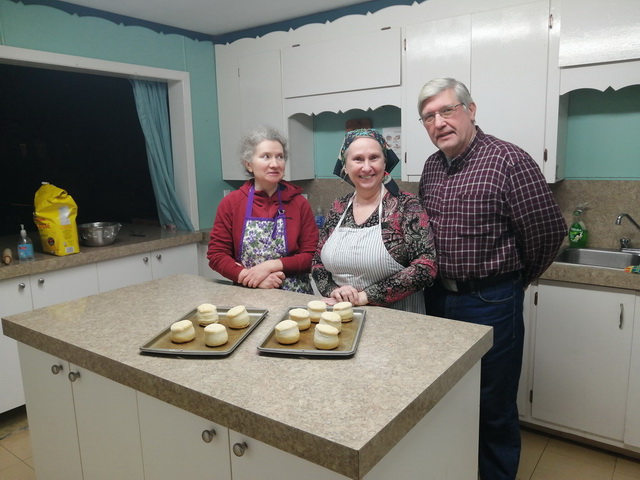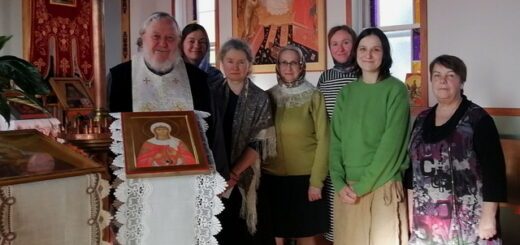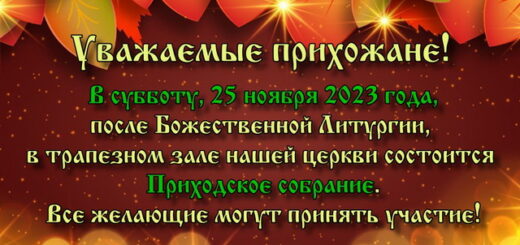Prosphora

The prosphora (Προσφορά) is translated from Greek as offering. In the Church of the first centuries, any offering, whether liturgical wine, oil, candles, etc., was called prosphora. The deacons noted the names of the Christians bringing the prosphora to commemorate them during the Liturgy.
The prosphora, nowadays, is a small loaf composed of two parts – upper and lower, which symbolize the two natures of Christ – divine and human.
Christ calls himself “the bread of life” and “the living bread that came down from heaven”. The Church, during the Liturgy, invites us to eat this living Bread which is the Flesh and Blood of the Lord (Jn. 6: 48-53).
In the Old Testament, repentance and a blood sacrifice were necessary for forgiveness of sin. However, in the New Testament, John the Baptist, pointing to Christ, calls him the Lamb of God, “who takes away the sin of the world” (Jn. 1:29). The Jews, listening to Saint John the Baptist, understood exactly which Lamb the prophet was talking about. They also understood – what or, rather, Who prefigured all the Old Testament sacrifices. This is why the prosphora which, during the Liturgy, becomes the substance of the sacrament of the Eucharist, is called Lamb.
A cross and an inscription: IC XC / NI KA (Jesus Christ / Victor) are engraved on the top of the “Lamb”. The Victor over sin and, as a result of the Fall, the Victor over death.
Baking prosphora is an activity similar to writing an icon since the name of Christ, the Cross, the name or image of the Mother of God, as well as images of other saints, are made on a prosphora.
Every Friday at 5 p.m. in the refectory of our church (see the address), we learn to bake prosphora. Anyone can join us. For more information, please call: 450-760-0733.



